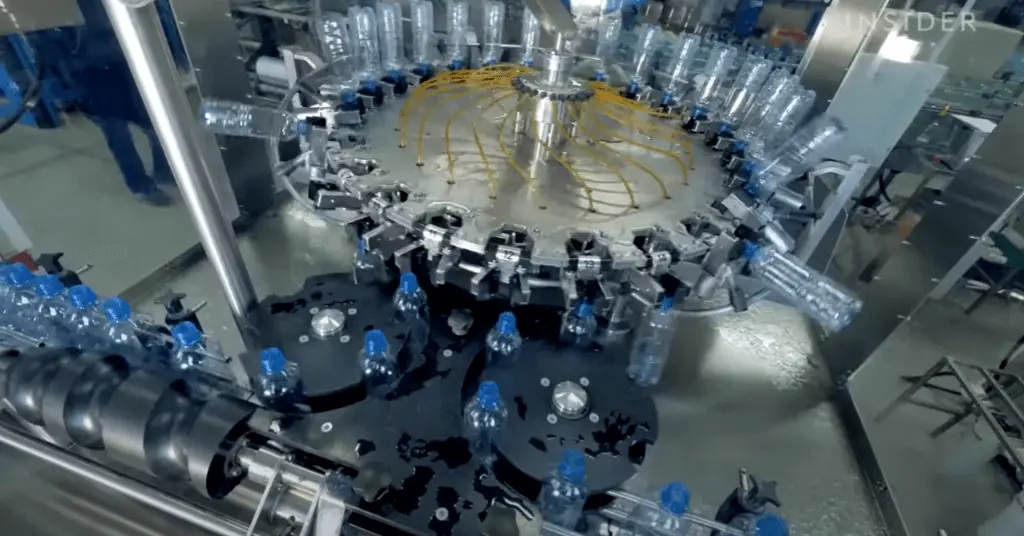Unleashing Creativity: A Guide to Generating Unique Product Ideas
In today’s fast-changing world, coming up with new and exciting product ideas is essential for success. Whether you’re an entrepreneur starting a new business, a student working on a school project, or someone looking to sell unique products, the process of brainstorming can be both fun and challenging. Here’s a guide to help you create product ideas that can make a big impact.
1. Understanding Market Needs
A successful product solves a real problem or fulfills a need. Start by researching your target market to understand their issues and preferences. Talk to potential customers through surveys, social media, and forums to gather their thoughts. Tools like Google Trends can also help you spot popular topics and market gaps.
2. Finding Inspiration in Everyday Life
Great product ideas often come from everyday experiences. Pay attention to problems you face daily and think about how they could be fixed. Keep a notebook handy to write down any ideas that come to mind. Observing the world around you can reveal many opportunities for new products.
3. Using Technology and Trends
Technology drives innovation. Keep an eye on new technologies and think about how they can be used to create new products. For example, advancements in AI, smart home devices, and eco-friendly materials can inspire various product ideas. Staying updated with industry trends through blogs and news can also spark creativity.
4. Brainstorming Techniques
Organized brainstorming sessions can produce many ideas. Techniques like mind mapping and the SCAMPER method (Substitute, Combine, Adapt, Modify, Put to another use, Eliminate, and Reverse) can help you think creatively and generate different concepts. Don’t be afraid to think outside the box and consider unusual solutions.
5. Focusing on Specific Niches
Sometimes, targeting a specific market can lead to unique product ideas. Identify niche markets and create products to meet their specific needs. For instance, eco-friendly products for environmentally conscious consumers or tech accessories for remote workers can cater to specific demands and stand out.
6. Working with Others and Getting Feedback
Collaborating with others can improve the idea generation process. Partner with people who have different skills and viewpoints to refine your ideas. Seek feedback from mentors, friends, and potential customers to validate and improve your concepts. Constructive criticism is valuable and can lead to a better final product.
7. Prototyping and Testing
Once you have a solid idea, create prototypes to test if it works. Prototyping helps you find any design flaws and make necessary changes before full-scale production. Testing with a small group of users can provide insights into usability and market acceptance, helping you improve the product further.
8. Examples of Innovative Product Ideas
Here are some examples of innovative product ideas that have successfully met market needs:
- Smart Home Devices: Products like smart thermostats and security cameras make home automation easy and improve safety.
- Eco-Friendly Alternatives: Items such as biodegradable packaging and reusable water bottles meet the growing demand for sustainable living.
- Educational Kits: STEM-based kits for kids offer interactive learning experiences, making education fun and engaging.
9. Keeping the Momentum
The journey of creating products doesn’t stop with one idea. Continuously seek inspiration and stay flexible to changing market trends. Regularly revisiting and refining your ideation process ensures that you stay at the forefront of innovation.
Conclusion
Coming up with unique and innovative product ideas requires a mix of creativity, research, and practical testing. By understanding market needs, using new technology, and employing effective brainstorming techniques, you can develop products that not only stand out but also meet the needs of your audience. Whether you’re looking for product ideas for a business venture, a school project, or new items to sell, the key is to stay curious, open-minded, and persistent in your pursuit of innovation.







